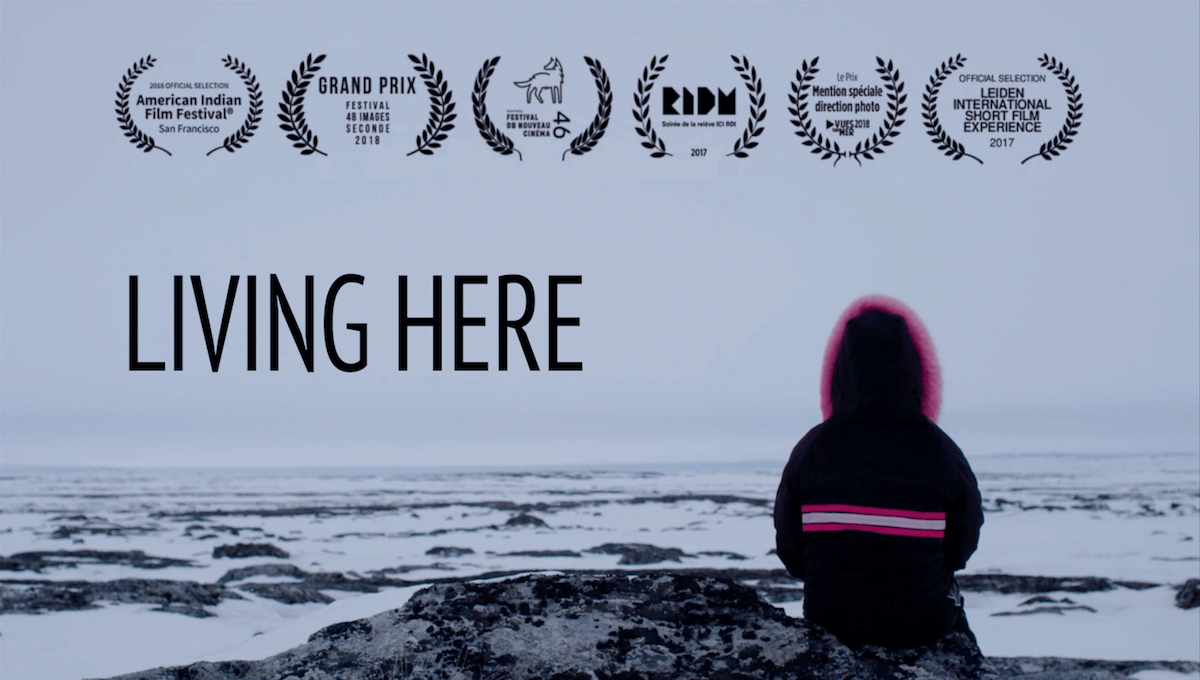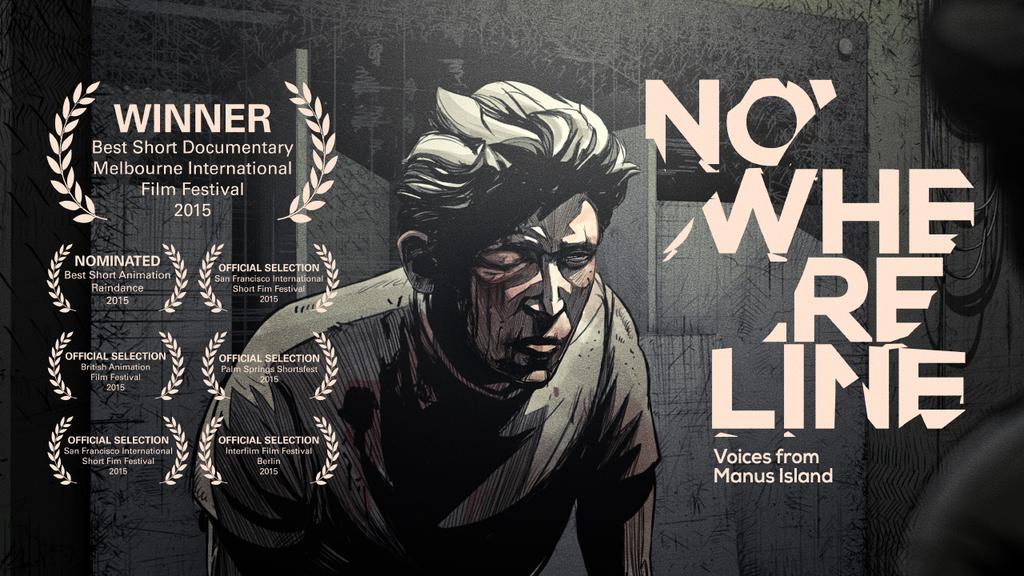In Mongolia, sumo holds great status in sporting circles. Over the last thirty years, wrestlers from the “Land of the Eternal Blue Sky” have made a winning impression in Japan. From the start of the century, five Mongolians have been awarded the supreme title of yokozuna – the very highest rung of the sumo ‘ladder’ – compared with only one Japanese athlete.
In Ulaanbaatar, young Tuvsho trains hard. She dreams of becoming a major champion and refuses to get hung up on the constraints barring women from professional wrestling. Tuvsho’s will is fixed on “shining ever brighter” and casting her name in the legendary stone of Mongolian sumo.
Directed by George Thomson and Lukas Schrank
With Tuvshinjargal Bum-Erdene
Cinematography: David Rusanow (Mongolia), David Woo (Japan)
Producer: Enkhtsag Damdinjav
Editor: Chris Ward
Composer: Oliver Peryman
Sound design & mix: Nick Ryder
B Camera: Felicity Tillack (Japan)
Production company: Visitor Studio
Executive Producer: Sarah Chinn
Thanks to Jodie Clifford
Interview
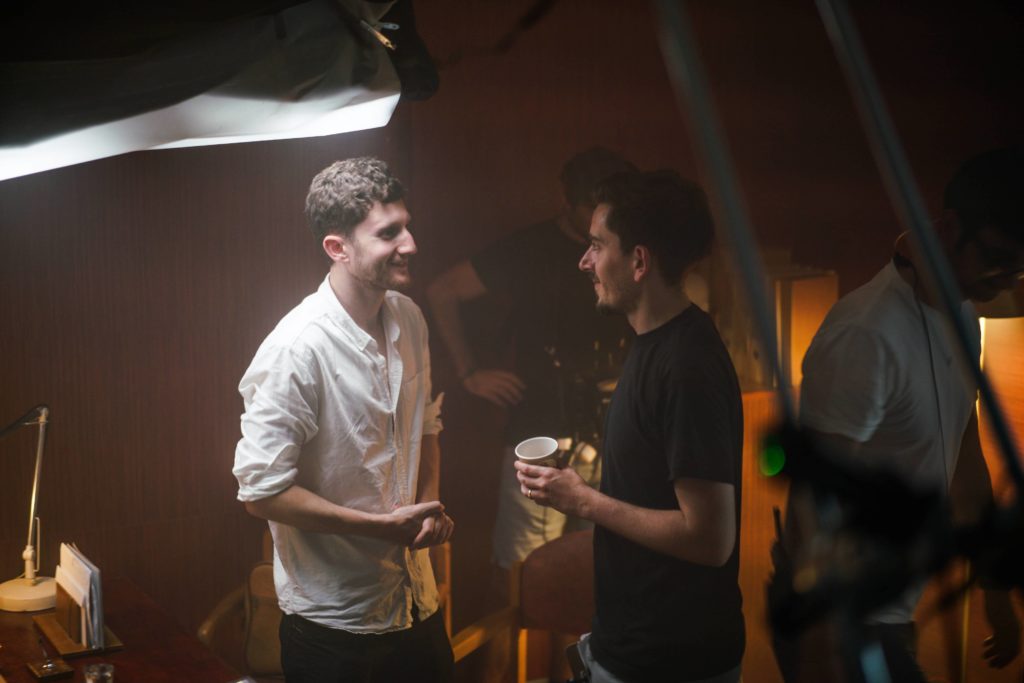
Lukas Schrank & George Thomson
Filmmakers
“Tuvsho is incredible. She is extremely gentle, but quite terrifying when she is competing.”
- Lukas, 99 regulars already know you from “Nowhere Line”, an extraordinary animated short documentary, but can you both introduce you two in a few words?
We are Lukas Schrank and George Thomson, and we’ve known each other since the age of 3!
We work together as writer/director duo ‘Visitor’, spread across Melbourne and London. Our collaboration began as more of a design studio but somehow shifted towards narrative work over the years.
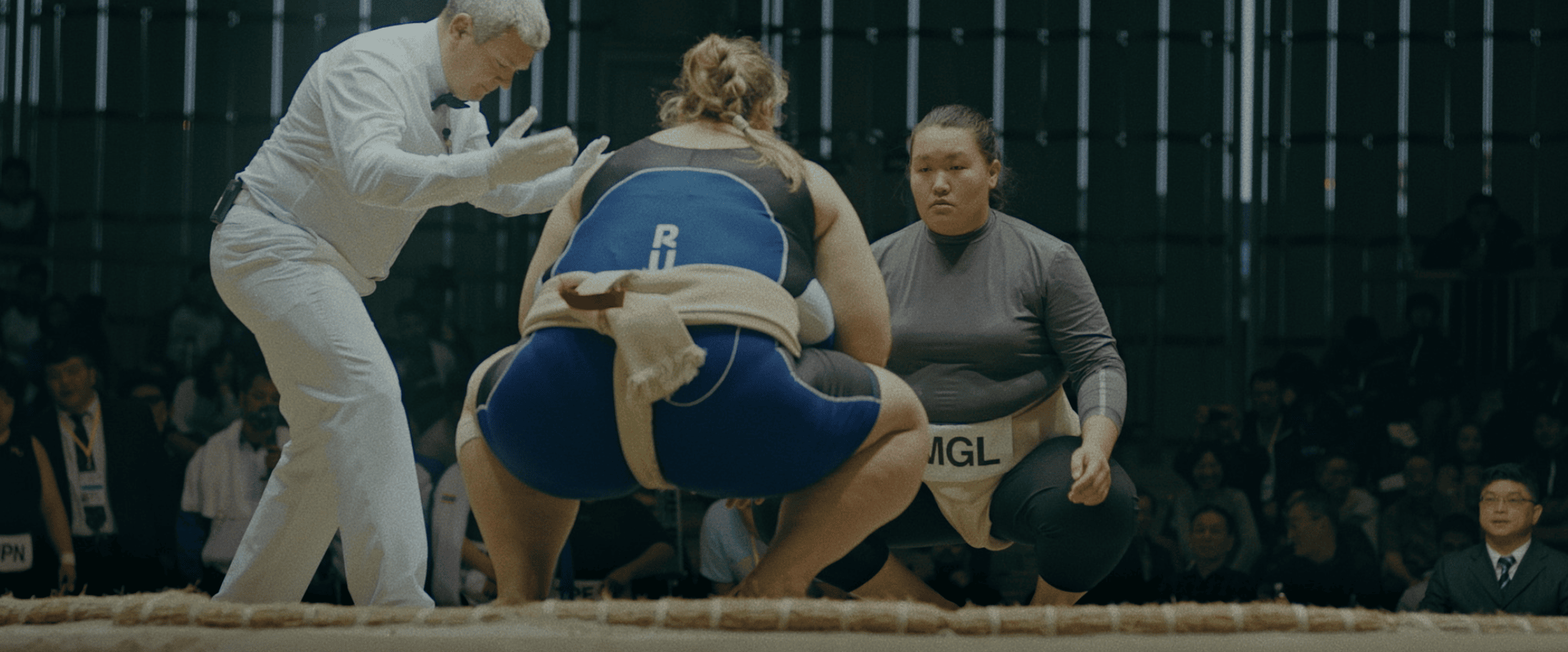
- Surprisingly, this short documentary film was originally… a music video. Tell us about it.
Well, we were invited to pitch a low-budget concept for a track for Safia, an Australian electronic music trio. We had gotten tired of making low-budget music videos so thought we may as well pitch something that we wanted to do.
We began thinking about the concept of a music video documentary and how we could focus on telling the story of a character that had never really been seen on screen before. George had worked in Mongolia before and knew a producer there, Enkhtsag Damdinjav. We saw a news article about Tuvsho in our research and within minutes Enkhtsag had her on the phone. Three weeks later we were in Mongolia, and we created a music video for Safia’s track “Resolution”.
While we were shooting the video, we realised there was a bigger story to be told, so we kept in touch with Tuvsho and shot her at a tournament in Osaka a few months later.
“The ending was always part of the plan. Plus, there is something quite satisfying about whipping the carpet out from under the audience when they least expect it…”
- Tuvsho impresses with her determination. She’s also a girl of her age, who goes out with her friends to karaoke and seems very close to her family. What impression did she make on you?
Tuvsho is incredible. She is extremely gentle and softly spoken, but quite terrifying when she is competing. Like a lot of athletes or people with a special ability, there is something magnetic about her, and she has a certain presence and quiet confidence that we hope comes across on camera. She is very dedicated to her family – and is currently training her younger brother who features in the film to compete in sumo.
- Sumo is very popular in Mongolia. However, women are not allowed to become professionals. How does Tuvsho cope with this situation?
She seems to accept it at the same time as quietly fighting against it. The rules around sumo come from ancient Japanese traditions and there is no sign of that changing. Luckily amateur sumo has a massive international community and has become a sport in its own right.
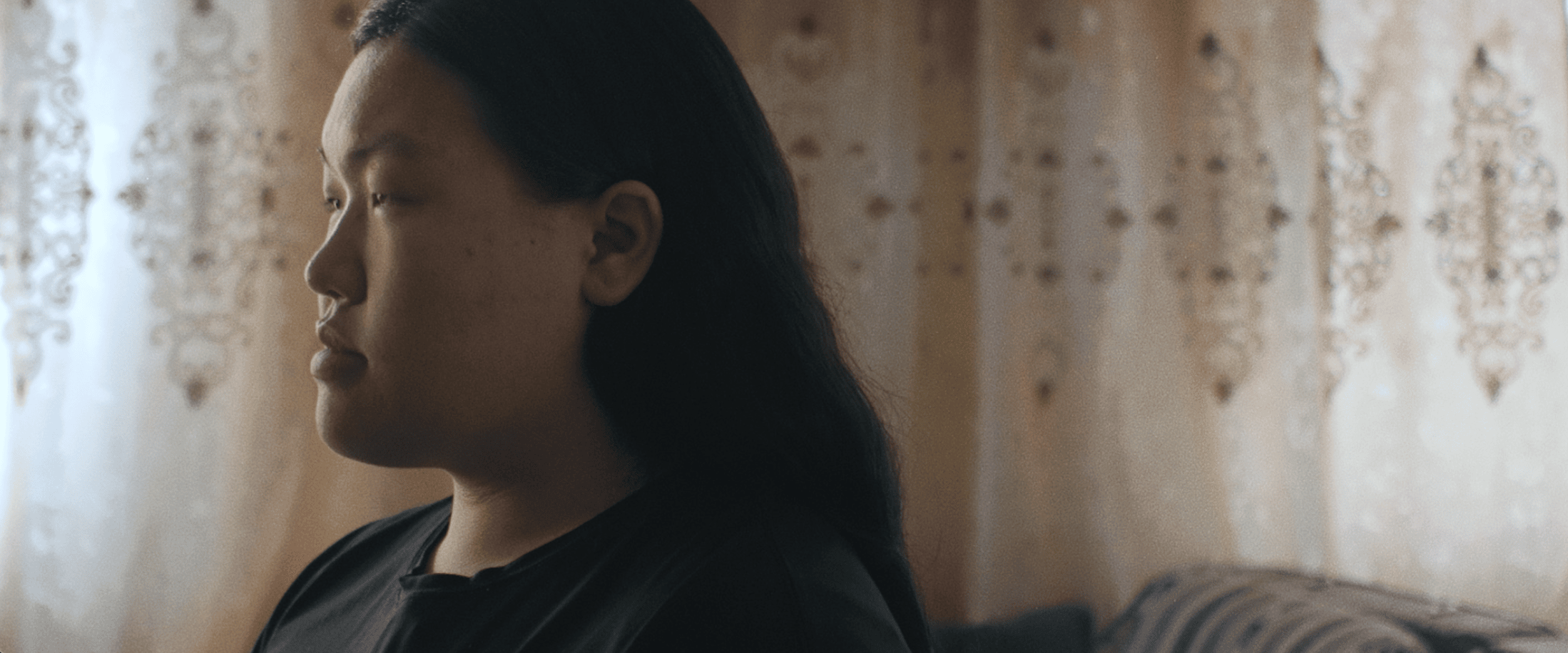
- Let’s talk about the film’s ending. In the film’s final sequence, you gradually build up the tension as Tuvsho approaches an important fight. The young Mongolian enters the circle, faces her opponent, the referee starts the fight and then… black screen, the end! Why did you make this choice, which is likely to frustrate viewers?
The ending was always part of the plan. We felt that to end on a win or loss wrapped the story up in a way which didn’t do justice to the fact that Tuvsho is very young and this is just the beginning of her story. Plus, there is something quite satisfying about whipping the carpet out from under the audience when they least expect it…
- During the fights, you leave room for natural sound. We can hear the hands slapping against the skin, the breath of the wrestlers… Can you tell us about your approach to sound in this film?
There is a bit of a trend in short documentaries to make the entire film as a long montage: voiceover from an interview combined with out-of-sequence shots and music. It works, but we wanted to do something a bit different in some scenes and really have the audience anchored in the present moment.
So the training sequences were designed to be intentionally vivid. The on-location sound we got was terrible but the sound designer Nick Ryder worked some magic by using snippets from unused takes as foley and piecing it all back together.
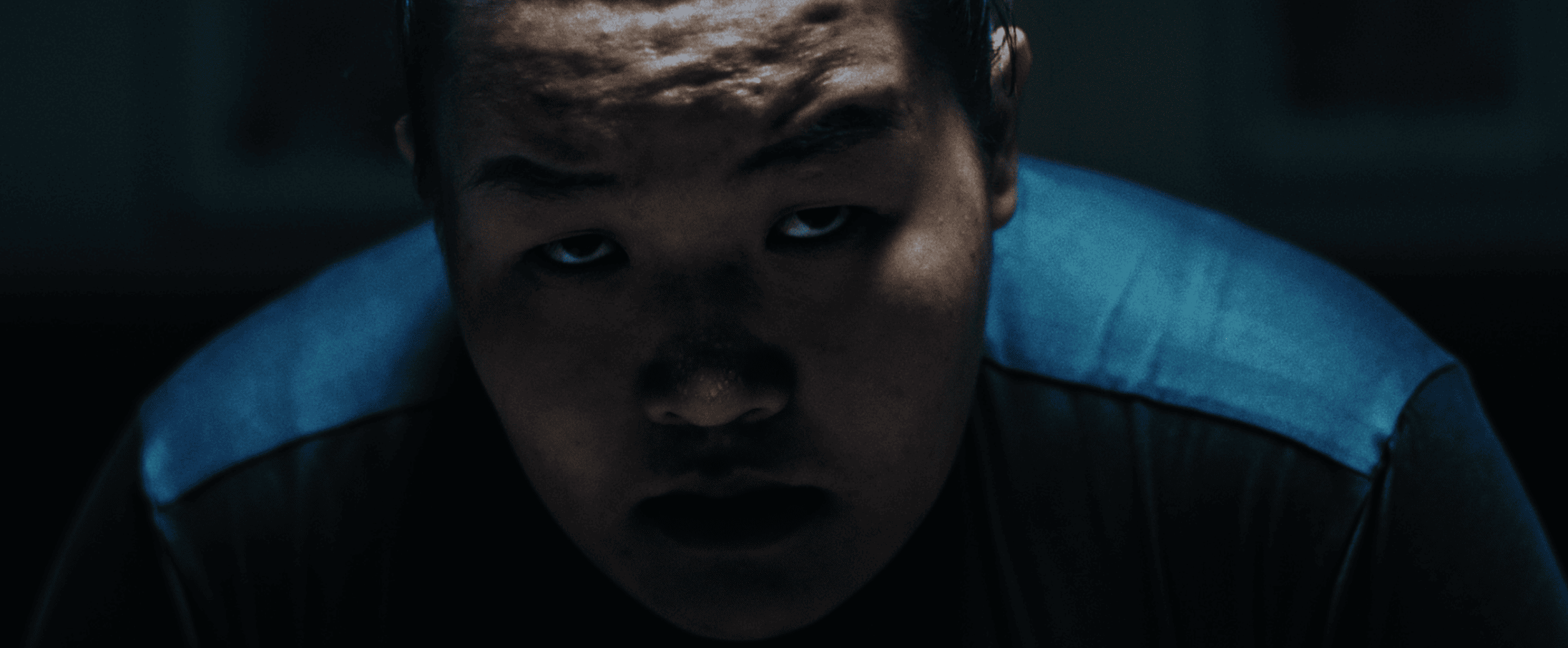
- What are your current projects?
We’re focussing on developing a few feature films, but also making short versions of these as proof of concept. Both of them take the shape of psychological thrillers but with a core of human drama.
Making “I am Tuvsho” has changed our approach to production and we are now aiming to create a kind of vérité documentary style in everything we do.
- Do you have a favourite short documentary among the 99 film collection?
“Living Here” by Sarah Baril Gaudet really spoke to me. It’s meditative, mesmerising and beautiful.
I find it fascinating how even with modern technology advancing rapidly, film – this medium that is over 120 years old – has the ability to transport us and immerse us in stories that are so different from our own lives, and make them totally relatable.
“Living Here” really captures that, and also carries an important message.
- A word about 99, and the multilingual subtitling of your film?
99 did the translation for my previous short documentary “Nowhere Line”, and it opened up the film to a whole new audience, or multitude of audiences that I would never have been able to access otherwise.
Short films can have a pretty short lifespan, but I’ve found that the multilingual versions have lived on and also screened at festivals long after the English-speaking festival run had ended. So thank you!

